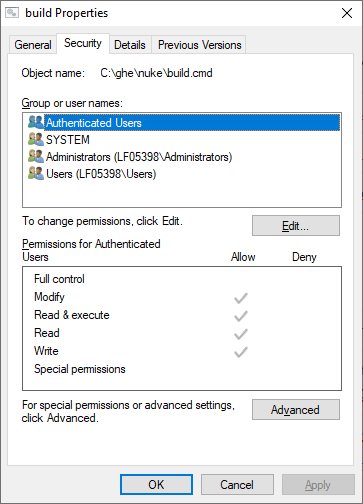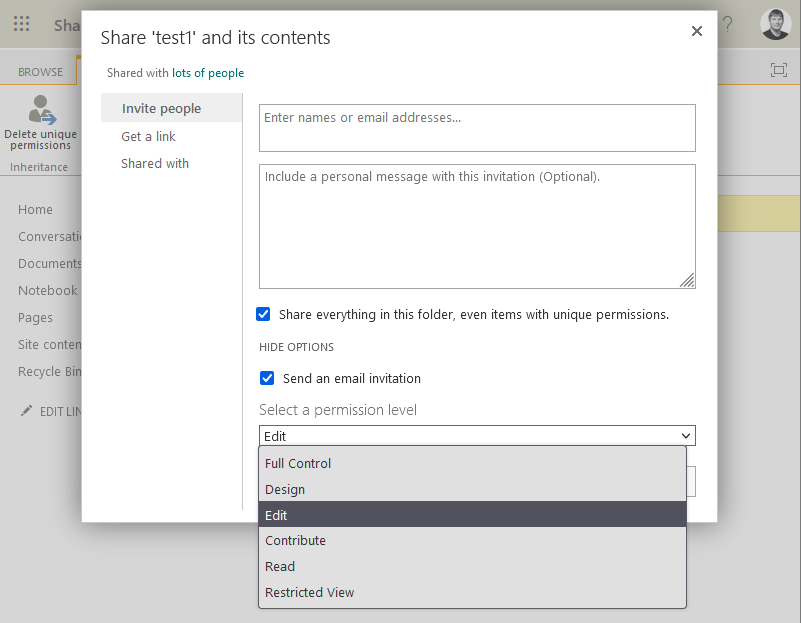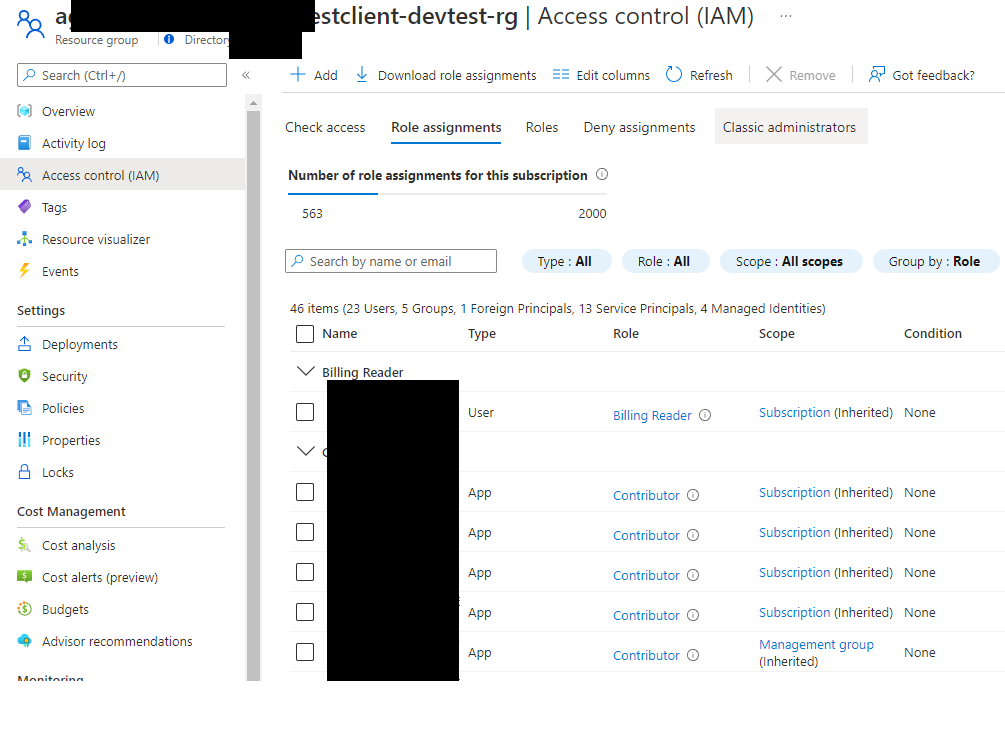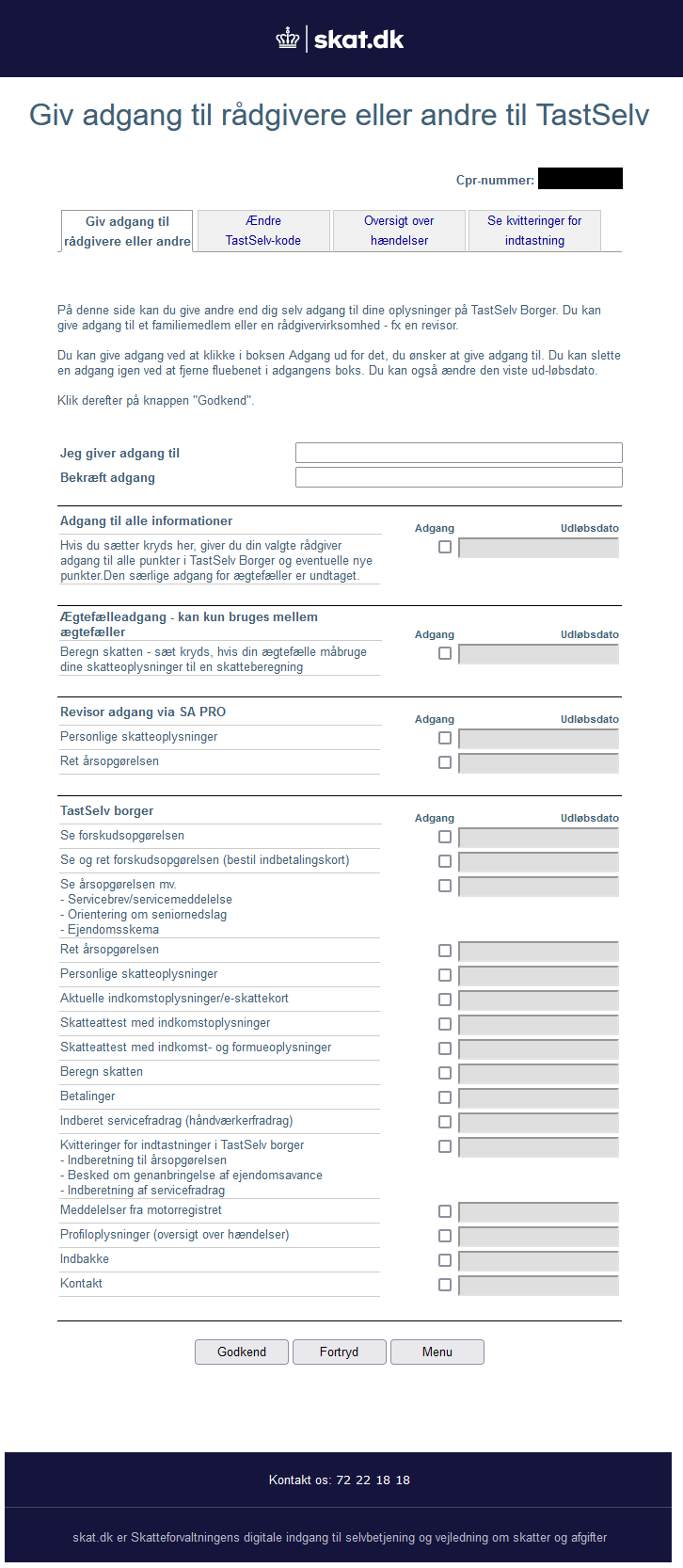Authorization and delegation
I recently did a write-up, clarifying my thoughts regarding the differences and similiarities between user to user delegation and (user) authorization. Reproduced below translated from Danish:
Authorization system
Service principals (users/groups/service accounts) are assigned permissions on resources, often grouped in roles.
The ability to manage permissions can be a permission. There is often a hierarchy in resources where permissions are inherited.
Known examples
Access Control Lists on File System
| Aspect | Description |
|---|---|
| Hierarchy | The root of the file system over the folders/files it contains recursively |
| Permissions | For example “Read” or “Full control” |
| Roles | Not modeled as the amount of different permissions is low |

Sharepoint folders
| Aspect | Description |
|---|---|
| Hierarchy | The site’s root over the folders/files it contains recursively |
| Permissions | For example “Design” or “Restricted View” |
| Roles | Not modeled as the amount of different permissions is low |

IAM on Azure resources
| Aspect | Description |
|---|---|
| Hierarchy | Management group over subscription to the resource group and the individual resources |
| Permissions | For example “Microsoft.Storage/storageAccounts/read” or “Microsoft.DataProtection/backupVaults/read” |
| Roles | “Owner”, “DNS Zone Contributor” |

https://docs.microsoft.com/en-us/azure/role-based-access-control/built-in-roles
Delegation system
Given a set of permissions assigned to a principal (delegator) for a set of resources, a delegation system enables the principal to pass these permissions on to other principals (delegatee), with a number of limitations laid down
- bounded by static, high-level scope “read only” “only basic functionality”
- delimited on low-level dynamic data “field xyz data”, “account number 123” etc.
The delegation system might gather up delegations given to a delegatee from multiple delegators to offer a composite view of all data the delegatee is allowed to access. Or it might offer per-delegator impersonated token issuance, similar to OAuth 2.0 (which itself is a delegation system, where the delegatee principal is an application, not a person).
Known examples:
Danish SKAT TastSelv access to others
| Aspect | Description |
|---|---|
| Delegate | CPR via NemId/MitId |
| Delegatee | CVR or CPR |
| Boundary | Static scope |

OAuth 2.0
| Aspect | Description |
|---|---|
| Delegate | Resource Owner |
| Delegatee | Client application |
| Boundary | Scopes, can be static or dynamic |
https://www.rfc-editor.org/rfc/rfc6749